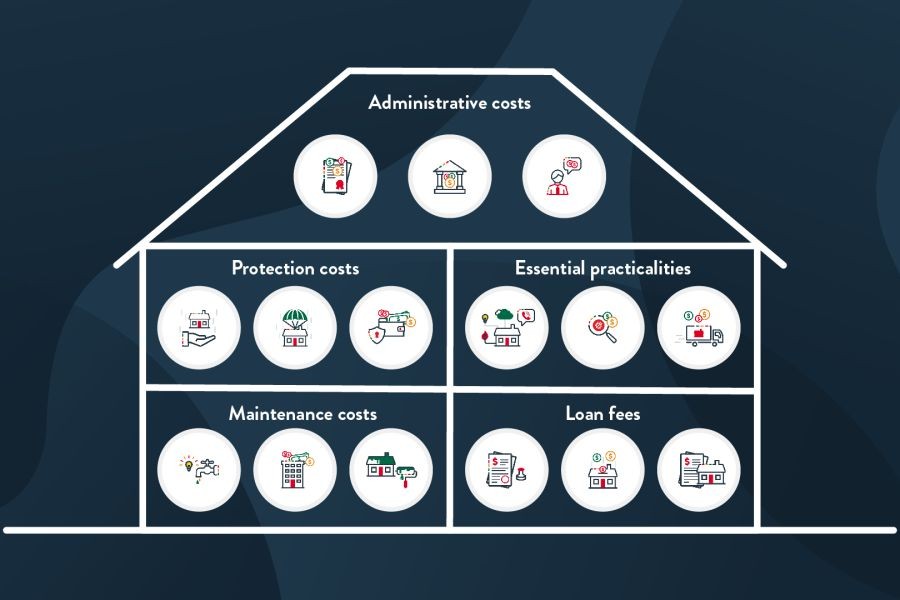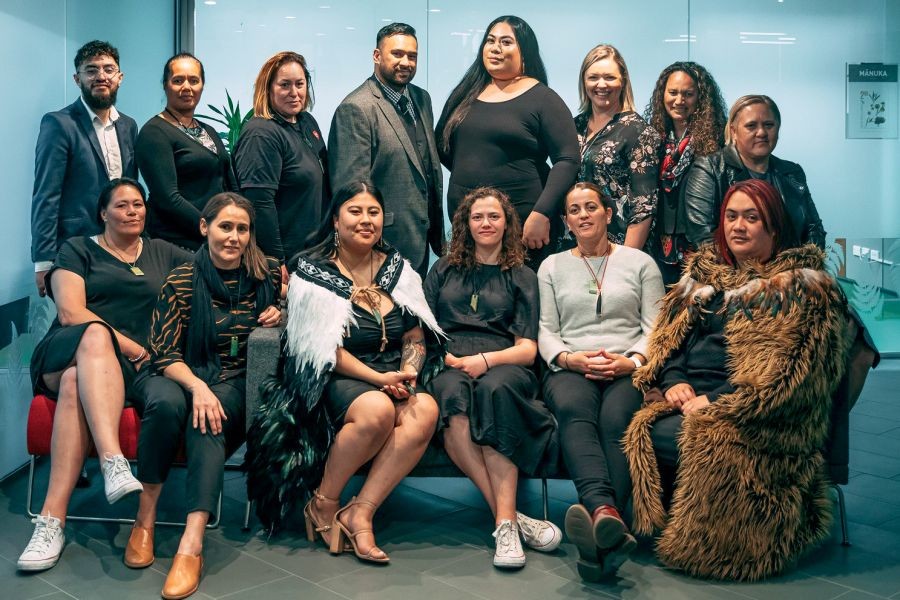In New Zealand's burgeoning fashion industry, young designers face a multitude of challenges and opportunities. With a market increasingly influenced by sustainability and innovation, understanding the local context is crucial for success. But how does one navigate this complex landscape effectively? Let's explore the path to thriving in the New Zealand fashion market.
Understanding New Zealand's Fashion Industry Landscape
New Zealand's fashion market is characterized by a unique blend of cultural influences and a strong emphasis on sustainability. According to a report by MBIE, the fashion industry contributes significantly to the local economy, with a growing demand for ethically produced clothing. Young designers must therefore integrate eco-friendly practices into their business models to meet consumer expectations and regulatory standards.
Case Study: Kowtow – Pioneering Sustainable Fashion
Problem: Kowtow, a Wellington-based fashion label, noticed a growing consumer demand for sustainable clothing. However, they faced high production costs and limited awareness of their brand.
Action: Kowtow adopted a fully sustainable production process, using organic cotton and ensuring fair labor practices. They also leveraged digital marketing to highlight their eco-friendly approach.
Result: Within two years, Kowtow saw a 35% increase in sales and expanded their market presence globally, proving that sustainability can drive business success.
Takeaway: Embracing sustainable practices not only aligns with consumer values but also opens doors to international markets.
Pros and Cons of Entering the New Zealand Fashion Market
Pros:
- Growing Demand: The local market's increasing demand for sustainable and unique designs provides ample opportunities for innovation.
- Supportive Ecosystem: New Zealand offers numerous grants and programs for young entrepreneurs, facilitating initial business setup.
- International Exposure: Successful local brands often gain international recognition, expanding beyond domestic markets.
Cons:
- High Production Costs: Operating sustainably can be expensive, requiring significant initial investment.
- Market Saturation: The fashion market is competitive, making it challenging for new entrants to establish a foothold.
- Regulatory Challenges: Adhering to New Zealand's strict environmental regulations can be complex.
Common Myths and Mistakes
Myth: "Sustainability is just a trend."
Reality: Data from Stats NZ indicates a continuous rise in consumer preference for sustainable products, making it a long-term market shift.
Myth: "Only established brands succeed internationally."
Reality: With the right digital marketing strategy, even small Kiwi brands can capture the attention of global audiences.
Future Trends and Predictions
As the global fashion industry evolves, New Zealand's market is expected to see significant shifts. By 2028, experts predict that 60% of fashion brands in New Zealand will adopt circular economy practices, minimizing waste and enhancing brand value. This shift will likely be driven by both consumer demand and government regulations focused on sustainability.
Conclusion
For young designers in New Zealand, the path to success in the fashion industry hinges on innovation, sustainability, and strategic market positioning. By understanding local trends and leveraging available resources, designers can create a niche for themselves in this competitive market. Are you ready to make your mark in the New Zealand fashion scene? Share your thoughts and strategies below!
People Also Ask
- How does sustainability impact New Zealand's fashion industry? Sustainability drives consumer preferences, with many Kiwi brands incorporating eco-friendly practices to meet growing demand.
- What are the biggest misconceptions about entering the fashion market? A common myth is that sustainability is a passing trend. However, research shows it is a long-term market shift.
- What strategies can young designers use to succeed in New Zealand? Focus on sustainability, leverage digital marketing, and utilize local grants for business development.
Related Search Queries
- New Zealand fashion market trends
- Sustainable fashion brands in NZ
- How to start a fashion business in New Zealand
- Fashion industry challenges in NZ
- Top fashion designers in New Zealand
































Jaclyn7784
6 months ago